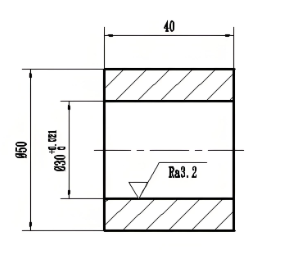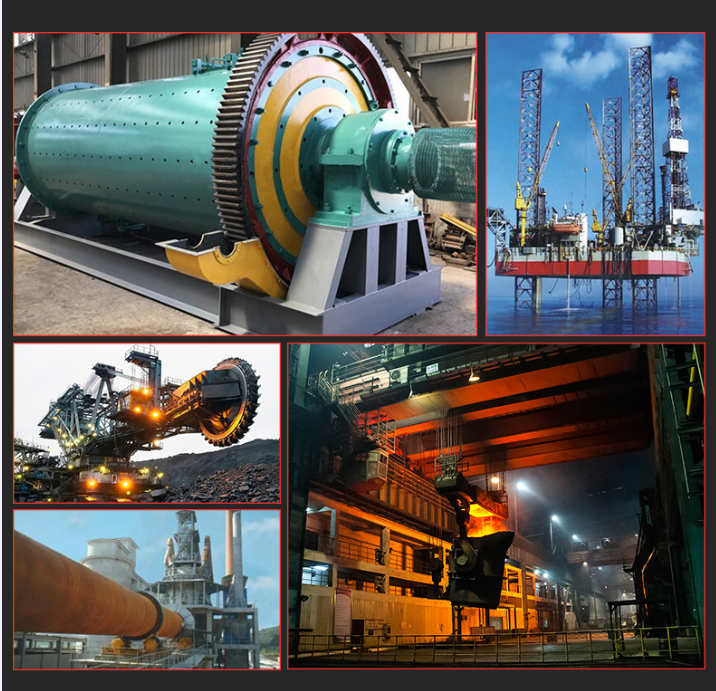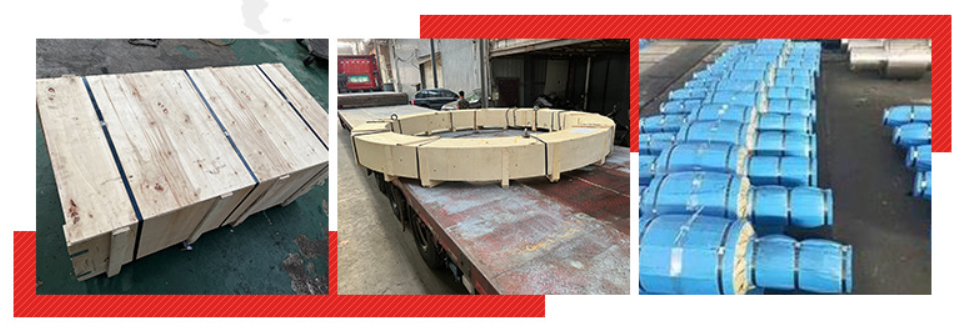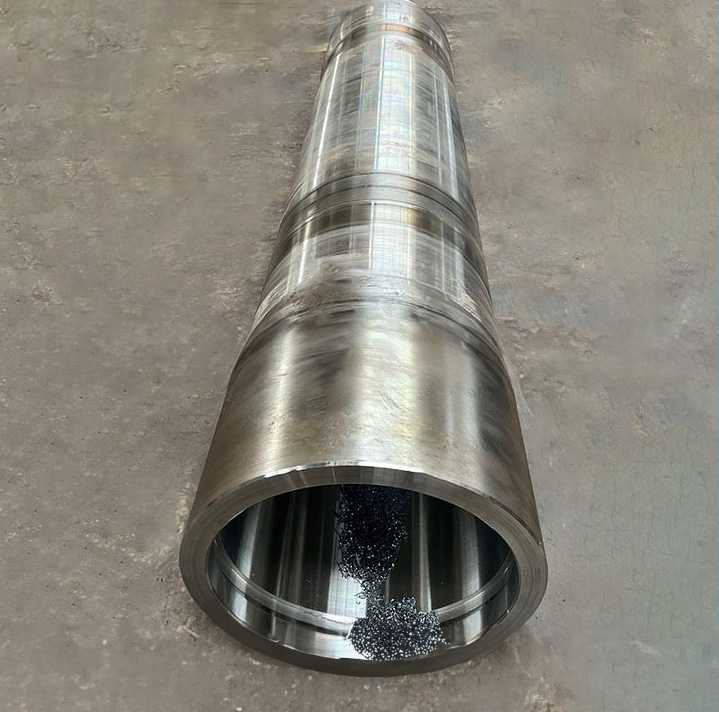Forged pipe blank components
Forged pipe blank components
1. Definition
Forged pipe blanks are cylindrical pieces produced by the forging process, intended for further processing into pipes, fittings, or other components. They serve as the raw material for subsequent machining and fabrication.
2. Materials
Forged pipe blanks are commonly made from:
Carbon Steel: Offers good strength and is cost-effective for general applications.
Alloy Steel: Such as 4130 or 4140, which provide enhanced toughness and strength for high-performance applications.
Stainless Steel: For applications requiring corrosion resistance, including grades like AISI 304 and 316.
3. Manufacturing Process
Forging: The raw material is heated to a malleable temperature and shaped under high pressure. This process enhances the mechanical properties and refines the grain structure.
Machining: After forging, the blanks may undergo precision machining to achieve specific dimensions and surface finishes needed for their final use.
Heat Treatment: Processes such as quenching and tempering may be applied to improve hardness and overall performance.
4. Applications
Forged pipe blanks are used in:
Pipe Manufacturing: As starting material for producing a variety of fittings, flanges, and connectors in piping systems.
Heavy Machinery: In components that require high strength and durability.
Oil and Gas Industry: For applications that demand reliable and robust parts under high pressure.
5. Advantages
High Strength: Forged blanks can withstand significant loads and pressures, making them suitable for demanding applications.
Improved Integrity: The forging process results in fewer defects and a more uniform structure compared to cast materials.
Versatility: Can be tailored for various applications, ensuring compatibility with specific systems and requirements.
Durability: Forged pipe blanks exhibit excellent resistance to wear and deformation, extending their service life.
Data Needed for Quotation
1) Your own drawing
2) Your requirement on material and necessary dimensional data
3) Ask for recommend

Processing Materials
| Case Hardened Comparison Table | |||||||
| GB | ГOCT | EN | DIN | W.N. | JIS | AISI/SAE | |
| 15CrMn | 16MnCr5 | 16MnCr5 | 1.7131 | 5115 | |||
| 20CrMn | 20MnCr5 | 20MnCr5 | 1.7147 | 5120 | |||
| 12CrMo | 12XM | 13CrMo44 | 1.7335 | 4119 | |||
| 15CrMo | 15XM | 15CrMo5 | 1.7262 | SCM415 | |||
| 20CrMo | 20XM | 20CrMo5 | 1.7264 | SCM420 | 4118 | ||
| 25CrMo | 30XM | 25CrMo4 | 1.7218 | ||||
| 30CrMo | SCM430 | 4130 | |||||
| 35CrMo | 35XM | 34CrMo4 | 1.722 | SCM435 | 4135 | ||
| 42CrMo | EN19 | 42CrMo4 | 1.7225 | SCM440 | 4140 | ||
| 50CrMo4 | 1.7228 | ||||||
| 40Cr | 40X | 41Cr4 | |||||
| 38XC | |||||||
| 25Cr2MoV | 25X2M1Φ | 24CrMoV55 | 1.7733 | ||||
| 50CrVA | 50CrV4 | 1.8159 | SUP10 | ||||
| 31CrMoV9 | 1.8519 | ||||||
| GCr15 | 100Cr6 | 100Cr6 | 1.3505 | 52100 | |||
| 20CrNiMo | 20XHM | 20NiCrMo2-2 | 21NiCrMo2 | 1.6523 | SNCM220 | 8620 | |
| 20XH3A | |||||||
| 20X2H4A | |||||||
| 17CrNiMo6 | 1.6587 | ||||||
| 18CrNiMo7-6 | 1.6587 | ||||||
| 34CrNiMo6 | 1.6582 | VCN150 | |||||
| 34NiCrMo16 | 35NiCrMo16 | 1.2766 | |||||
| 30CrNiMo8 | 1.658 | VCN200 | |||||
| 39NiCrMo3 | 1.651 | ||||||
| 34CrAlNi7 | 1.855 | ||||||
| 38CrMoAl | 38X2MОA | 41CrAlMo7 | 1.8509 | ||||
| 40CrNiMo | EN24 | 40NiCrMo8-4 | 1.6562 | SNCM439 | 4340 | ||
| 40CrNi | 40XH | 40NiCr6 | 1.5711 | ||||
| 20CrMnMo | 18XTM | SCM421 | |||||
| 40CrMnMo | 40XTM | SCM440 | |||||
| 30XTCA | |||||||
| 38XTH | |||||||
| 40XH2MA | |||||||
| 40X2H2MA | |||||||
| 38XH3MA | |||||||
| 38XH3MΦA | |||||||
Processing technology:

Application areas:
Automotive transmissions, medical equipment, metallurgical machinery, lifting equipment, ore equipment, power equipment, light industry equipment, etc

Packaging :





_1733312730.jpg)